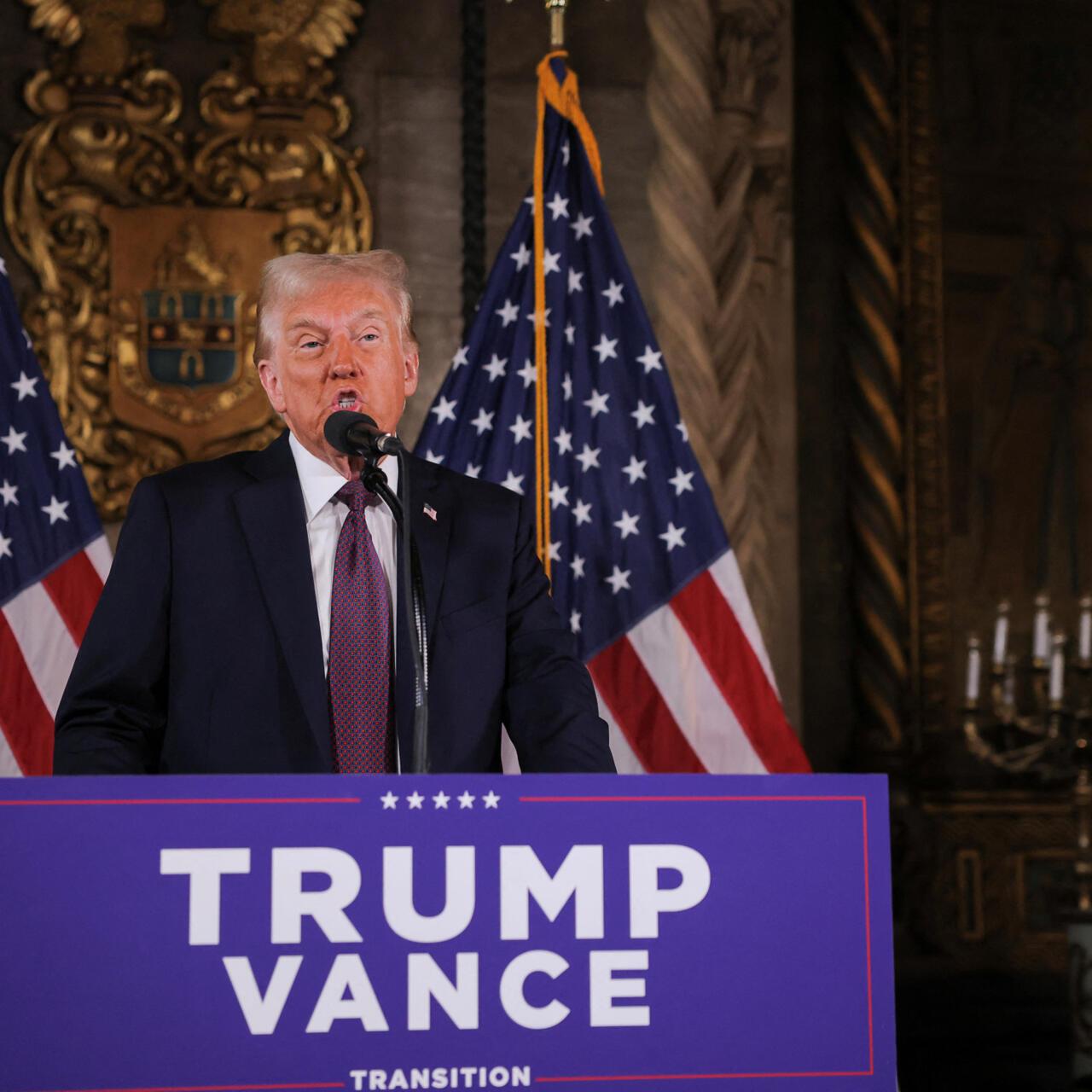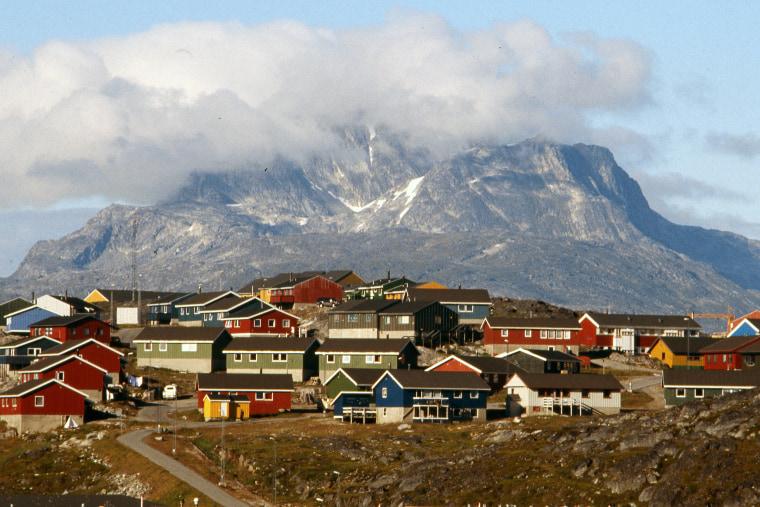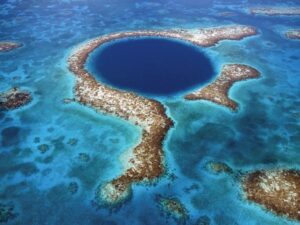In the realm of geopolitical curiosities, few pursuits have captured public imagination quite like Donald Trump’s unexpected fascination with Greenland—a massive, ice-laden territory that most politicians would overlook. Yet, beneath the surface of seemingly whimsical diplomatic maneuvering lies a complex tapestry of strategic interests, economic potential, and presidential ambition. This article peels back the layers of Trump’s Greenlandic obsession, revealing the calculated motivations that transform an apparent diplomatic non sequitur into a calculated geopolitical chess move. In the geopolitical chess game, Donald Trump’s fascination with Greenland isn’t just a random diplomatic quirk—it’s a strategic masterstroke hiding in plain sight. Beyond the initial mockery and diplomatic eyebrow-raising, his persistent interest reveals a deeper understanding of global positioning and resource potential.
Greenland represents more than just a massive ice-covered landmass; it’s a strategic goldmine of untapped potential. Strategically located between North America and Europe, the island offers unprecedented military positioning that could dramatically reshape global defense dynamics. With rapidly melting ice revealing previously inaccessible territories, Trump recognized an opportunity most diplomats overlooked.
The Arctic’s mineral wealth is staggering. Rare earth elements, critical for advanced technology and defense systems, are abundant beneath Greenland’s frozen landscape. Lithium, uranium, and extensive mineral deposits represent trillions in potential economic value. Trump’s real estate background likely saw this as the ultimate land acquisition opportunity—a massive, resource-rich territory ripe for strategic development.
Climate change is transforming Greenland from a frozen periphery into a geopolitical hotspot. Shipping routes are opening, creating new maritime corridors that could revolutionize global trade. The Northwest Passage, once an impossible dream for navigators, is becoming increasingly traversable—and Greenland sits right at its strategic center.
Moreover, the island’s proximity to Russia adds another layer of geopolitical intrigue. By expressing interest in Greenland, Trump was subtly positioning the United States as a dominant Arctic player, potentially constraining Russian expansion and influence in the region.
Economic diversification for Greenland is another compelling factor. The autonomous Danish territory has long struggled with economic limitations, and a potential US investment could transform its entire economic landscape. Infrastructure development, resource extraction, and strategic partnerships could dramatically improve living conditions for Greenland’s population.
Trump’s approach, while unconventional, demonstrated a keen understanding of geopolitical chess. Instead of traditional diplomatic maneuvering, he brazenly proposed direct acquisition—a strategy that, while initially ridiculed, forced international conversations about Greenland’s strategic significance.
The proposal wasn’t just about land; it was about future positioning. In an era of rapidly changing global dynamics, controlling strategic territories becomes paramount. Greenland represents a forward-thinking investment in geographical advantage, resource potential, and long-term global influence.
While the purchase never materialized, Trump’s interest sparked global discussions about Arctic geopolitics, revealing a nuanced understanding of international strategic positioning that transcended traditional diplomatic norms.








